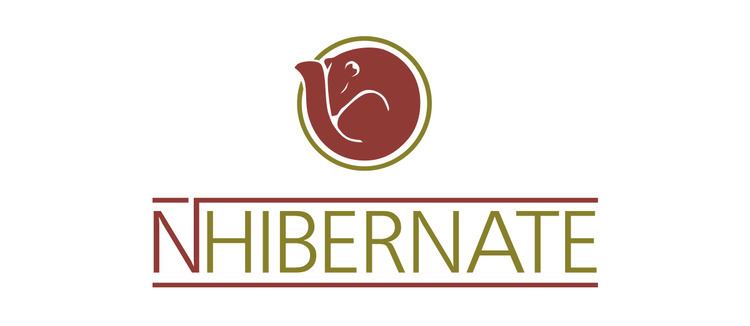Written in C# | Operating system | |
 | ||
Stable release 4.1 / December 18, 2016 (2016-12-18) Type Object-relational mapping | ||
NHibernate is an object-relational mapping (ORM) solution for the Microsoft .NET platform. It provides a framework for mapping an object-oriented domain model to a traditional relational database. Its purpose is to relieve the developer from a significant portion of relational data persistence-related programming tasks. NHibernate is free as open source software that is distributed under the GNU Lesser General Public License. NHibernate is a port of Hibernate.
Contents
Feature summary
NHibernate's primary feature is mapping from .NET classes to database tables (and from CLR data types to SQL data types). NHibernate also provides data query and retrieval facilities. NHibernate generates the SQL commands and relieves the developer from manual data set handling and object conversion, keeping the application portable to most SQL databases, with database portability delivered at very little performance overhead.
NHibernate provides transparent persistence for Plain Old CLR Objects (POCOs). The only strict requirement for a persistent class is a no-argument constructor, which does not have to be public. (Proper behavior in some applications also requires special attention to the Equals() and GetHashCode() methods.)
History
NHibernate was started by Tom Barrett, and later picked up by Mike Doerfler and Peter Smulovics. At the end of 2005, JBoss, Inc. (now part of Red Hat) hired Sergey Koshcheyev, the then lead developer of NHibernate, to work full-time on its future versions. At the end of 2006 JBoss stopped the support to this project; it is now entirely developed and led by the community.
Version 1.0 mirrored the feature set of Hibernate 2.1, as well as a number of features from Hibernate 3.
NHibernate 1.2.1, released in November 2007, introduced many more features from Hibernate 3 and support for .NET 2.0, stored procedures, generics, and nullable types.
NHibernate 2.0
NHibernate 2.0 was released on August 23, 2008. It is comparable to Hibernate 3.2 in terms of features. With the version 2.0 release, NHibernate dropped support for .NET 1.1.
NHibernate 2.1 was released July 17, 2009.
NHibernate 3.0
NHibernate 3.0 was released on December 4, 2010 and is the first version to use .NET 3.5, with features such as:
NHibernate 3.2
NHibernate 3.2 was released in April, 2011. Some of the new features were:
NHibernate 3.3
NHibernate 3.3.0 was released on April 21, 2012.
NHibernate 3.3.1 was released on June 12, 2012.
NHibernate 3.3.2 was released on October 22, 2012.
NHibernate 3.3.3 was released on March 17, 2013.
NHibernate 4.0
NHibernate 4.0 was released on August 17, 2014.
Contributions
As open source software, NHibernate has received many contributions from its users. Implementation of LINQ has allowed Language Integrated Query use with NHibernate.
Sample
Here a code snippet to add an object to the database and shows how to retrieve, modify and update an object in the database using NHibernate.
NHibernate's configuration may affect when NHibernate executes SQL statements.
